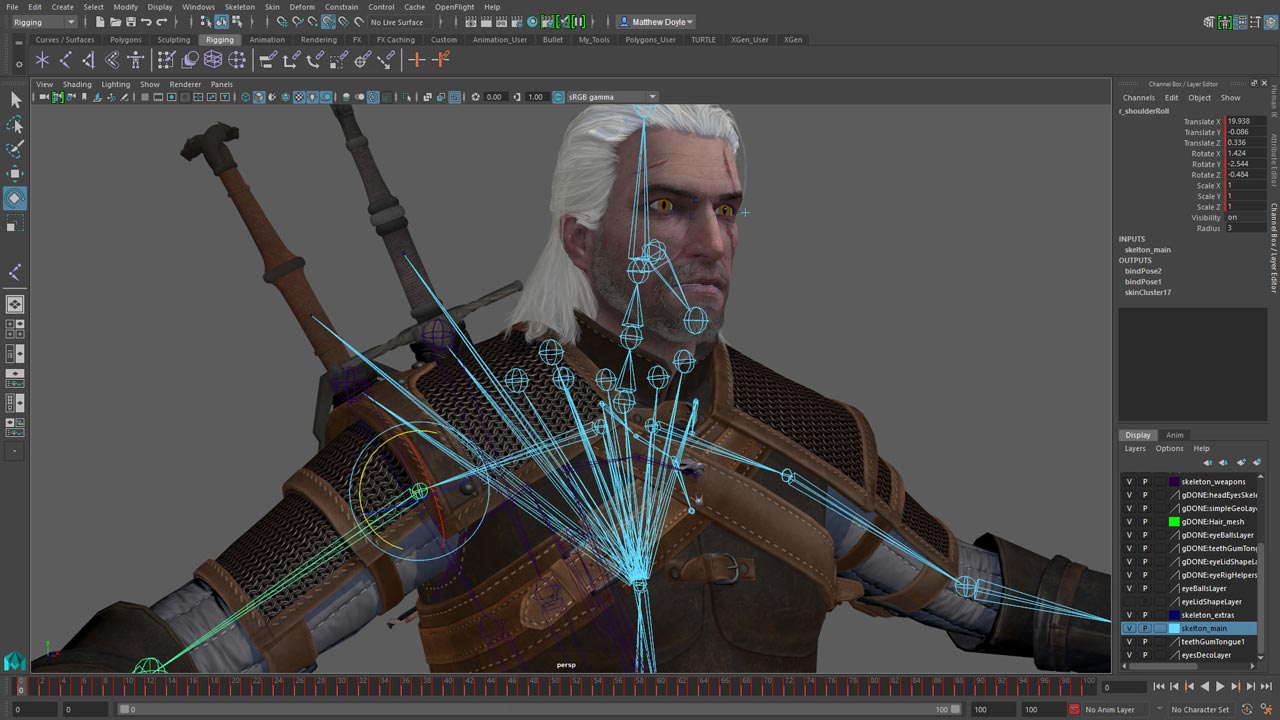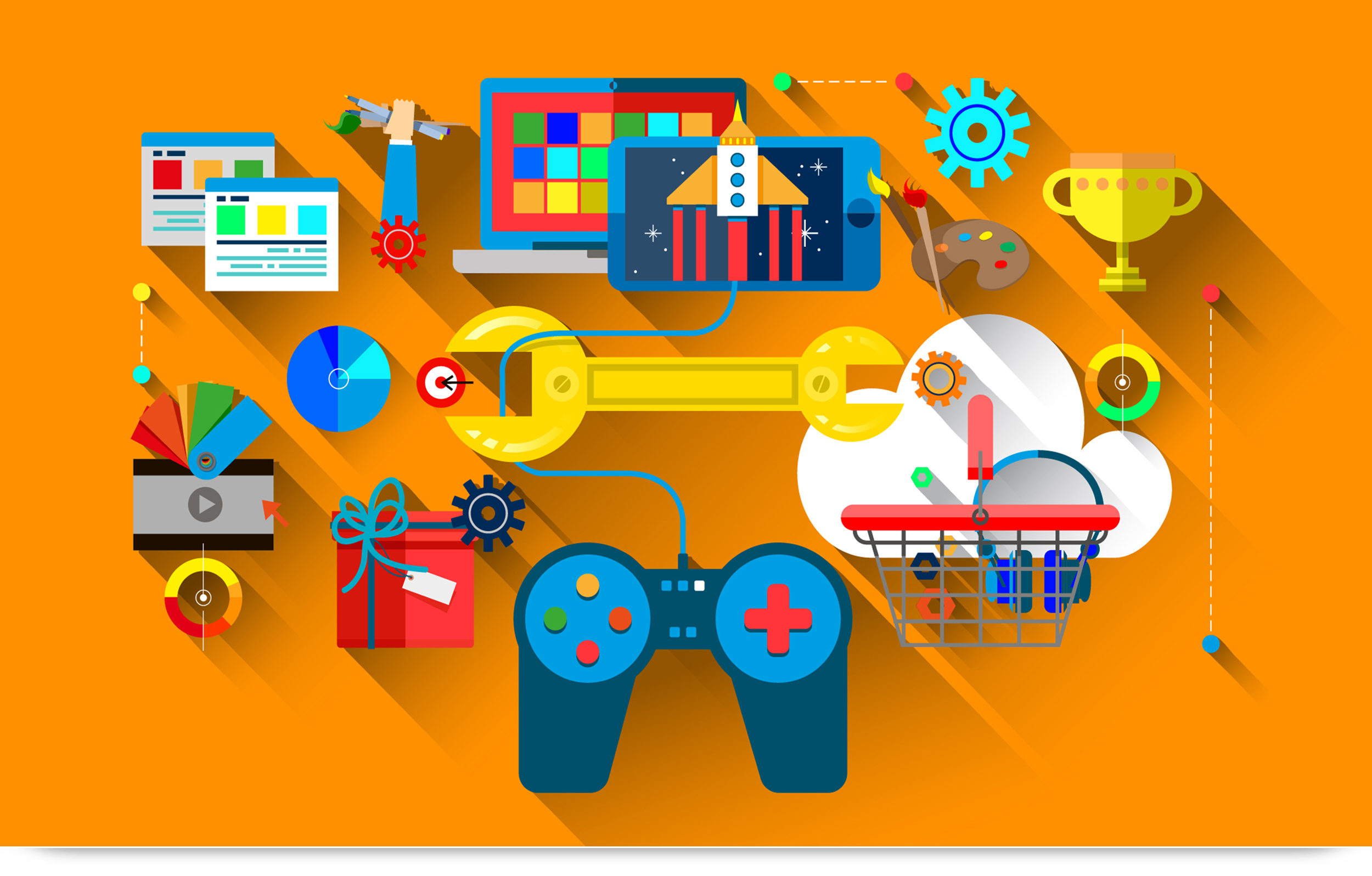In the vast landscape of gaming, where countless titles compete for players’ attention, what sets apart a truly great game from the mediocre ones? The answer often lies in the intricacies of game design. Game design is the backbone of every video game, dictating how players interact with the virtual world, the challenges they face, and the emotions they experience. In this article, we delve deep into the realm of game design, exploring its importance, its elements, and what makes it crucial for creating memorable gaming experiences.
Introduction to Game Design
Definition of Game Design
Game design can be defined as the process of creating the rules, mechanics, and overall structure of a game. It encompasses everything from gameplay mechanics to visual aesthetics and narrative elements. Essentially, game design is the blueprint that guides the development of a video game from concept to completion.
Importance of Game Design in the Gaming Industry
In an industry driven by innovation and creativity, game design plays a pivotal role in determining the success of a game. A well-designed game can captivate players, keep them engaged for hours on end, and leave a lasting impression long after they’ve put down the controller. Conversely, poor game design can lead to frustration, boredom, and ultimately, the failure of a game in the market.

Elements of Game Design
Gameplay Mechanics
At the core of every game are its gameplay mechanics – the rules and systems that govern player interaction. Whether it’s jumping over obstacles, solving puzzles, or engaging in strategic combat, gameplay mechanics shape the player’s experience and define the unique identity of a game.
Storytelling and Narrative
While not all games rely heavily on storytelling, narrative can elevate a game from mere entertainment to a profound artistic experience. A well-crafted story can immerse players in a richly detailed world, introduce compelling characters, and explore complex themes that resonate on a deeper level.
Visual Design and Aesthetics
Visual design plays a crucial role in establishing the atmosphere and tone of a game. From vibrant, colourful landscapes to gritty, dystopian cityscapes, the visual style of a game can evoke a wide range of emotions and enhance the overall gaming experience.
Sound and Music
Sound design and music are often overlooked aspects of game design, yet they are essential for creating an immersive audio-visual experience. The right sound effects can add realism and depth to the game world, while a well-composed soundtrack can evoke emotion and set the mood for different gameplay scenarios.

The Role of Player Experience
Immersion
One of the primary goals of game design is to create a sense of immersion – the feeling of being completely absorbed in the virtual world. Immersive games transport players to fantastical realms where they can temporarily escape reality and embark on epic adventures.
Engagement
Engagement is another key aspect of player experience, keeping players invested and motivated to continue playing. Whether it’s through challenging puzzles, rewarding progression systems, or compelling storytelling, engaging games encourage players to keep coming back for more.
Emotion
Great games have the power to evoke a wide range of emotions, from excitement and joy to fear and sadness. By carefully crafting gameplay experiences that resonate emotionally with players, game designers can create truly memorable moments that linger long after the game is over.
Balancing Challenge and Reward
Difficulty Levels
Finding the right balance of difficulty is crucial for keeping players challenged without feeling frustrated. Well-designed games often offer multiple difficulty levels, allowing players to tailor the experience to their skill level and preferred playstyle.
Progression Systems
Progression systems provide a sense of accomplishment and reward for players as they overcome challenges and achieve objectives. Whether it’s levelling up, unlocking new abilities, or collecting rare items, progression systems keep players engaged and motivated to keep playing.
Achievements and Rewards
Achievements and rewards provide additional incentives for players to explore the game world, complete optional objectives, and master various gameplay mechanics. From earning virtual trophies to unlocking exclusive content, achievements add depth and replay value to the gaming experience.

Innovations in Game Design
Virtual Reality (VR)
Virtual reality has revolutionized the way we experience games, offering unparalleled immersion and presence in virtual worlds. VR games transport players to breathtaking environments where they can interact with the environment in ways never before possible.
Augmented Reality (AR)
Augmented reality blends the virtual and physical worlds, overlaying digital content onto the real world through the lens of a mobile device or AR headset. AR games encourage players to explore their surroundings, solve puzzles, and interact with virtual objects in the real world.
Artificial Intelligence (AI)
Advancements in artificial intelligence have enabled developers to create more realistic and dynamic gaming experiences. AI-driven NPCs can adapt to player actions, learn from their behaviour, and provide more engaging and lifelike interactions.
Procedural Generation
Procedural generation algorithms allow developers to create vast, procedurally generated worlds that offer near-infinite replayability. By dynamically generating terrain, quests, and other content, procedural generation ensures that no two playthroughs are ever the same.
The Impact of Game Design on Player Behavior
Motivation
Game design has a profound impact on player motivation, influencing their desire to progress through the game, master its mechanics, and achieve their goals. Whether it’s through intrinsic rewards like personal satisfaction or extrinsic rewards like in-game currency, well-designed games motivate players to keep playing.
Social Interaction
Many games incorporate social features that encourage players to interact with friends and other players online. Whether it’s teaming up to tackle challenging raids or competing in fast-paced multiplayer matches, social interaction adds an extra layer of depth and enjoyment to the gaming experience.
Learning and Skill Development
Games are not just a form of entertainment – they can also be powerful tools for learning and skill development. Whether it’s problem-solving, critical thinking, or strategic planning, games challenge players to think creatively and develop new skills in a fun and engaging way.

Examples of Successful Game Design
Classic Games
Classic games like Super Mario Bros., The Legend of Zelda, and Tetris are revered for their timeless gameplay and innovative design. These iconic titles have stood the test of time, inspiring generations of gamers and serving as benchmarks for excellence in game design.
Contemporary Titles
Contemporary titles like The Last of Us, Breath of the Wild, and Red Dead Redemption 2 have raised the bar for storytelling, immersion, and player agency in video games. These modern masterpieces push the boundaries of what’s possible in game design, delivering unforgettable experiences that resonate with players on a deeply emotional level.
Indie Gems
Indie developers have also made significant contributions to the world of game design, creating innovative and thought-provoking experiences that defy convention. Games like Celeste, Hollow Knight, and Undertale demonstrate that great game design doesn’t always require a blockbuster budget – just passion, creativity, and a willingness to take risks.
Challenges in Game Design
Technical Limitations
One of the biggest challenges facing game designers is navigating the constraints of technology. From limited processing power to hardware limitations, developers must find creative solutions to deliver the desired gaming experience within the confines of available resources.
Budget Constraints
Game development can be an expensive endeavour, requiring significant investments of time, money, and manpower. Budget constraints can limit the scope of a game, forcing developers to make tough decisions about which features to prioritize and which to cut.
Creative Risks
Innovation often comes with inherent risks, and game design is no exception. Developers must strike a delicate balance between innovation and familiarity, taking creative risks while still appealing to their target audience. Sometimes, bold experimentation pays off with groundbreaking success – other times, it leads to costly failures.
Future Trends in Game Design
Emergent Technologies
As technology continues to advance, game designers have access to an ever-expanding toolkit of cutting-edge technologies. From real-time ray tracing to machine learning algorithms, emergent technologies have the potential to revolutionize the way games are designed, developed, and experienced.
Evolving Player Expectations
As players become more discerning and sophisticated, their expectations for games continue to evolve. Game designers must stay ahead of the curve, anticipating trends and adapting their design philosophies to meet the changing needs and preferences of their audience.
Cultural Influences
Games are deeply influenced by the cultural zeitgeist, reflecting the values, beliefs, and interests of society at large. As cultural norms shift and evolve, game designers must remain attuned to these changes, ensuring that their games resonate with a diverse and multicultural audience.
Game design is the lifeblood of the gaming industry, shaping the experiences that players cherish and remember for years to come. From the intricate mechanics of gameplay to the sweeping narratives that unfold within virtual worlds, every aspect of game design contributes to the magic of gaming. As technology continues to advance and player expectations evolve, the future of game design holds endless possibilities for innovation, creativity, and immersive storytelling.
FAQs
1. What qualifications do you need to become a game designer?
To become a game designer, you typically need a combination of education, technical skills, and creative talent. Many game designers have a degree in computer science, graphic design, or a related field, along with experience in programming, art, or storytelling.
2. How long does it take to develop a video game?
The time it takes to develop a video game can vary widely depending on the scope and complexity of the project. Small indie games may take just a few months to develop, while large AAA titles can take several years and involve hundreds of developers.
3. What are some common challenges faced by game designers?
Some common challenges faced by game designers include technical limitations, budget constraints, and the pressure to innovate while still appealing to a broad audience. Additionally, balancing gameplay mechanics, storytelling, and visual design can be a delicate juggling act.
4. What role does player feedback play in game design?
Player feedback is essential for refining and improving a game during the development process. By soliciting feedback from playtesters and incorporating their suggestions, developers can identify and address issues, fine-tune gameplay mechanics, and ensure that the final product meets players’ expectations.
5. How important is diversity and inclusion in game design?
Diversity and inclusion are increasingly important considerations in game design, as games have the power to shape cultural attitudes and perceptions. By incorporating diverse characters, stories, and perspectives, game designers can create more inclusive and representative gaming experiences that resonate with a broader audience.



